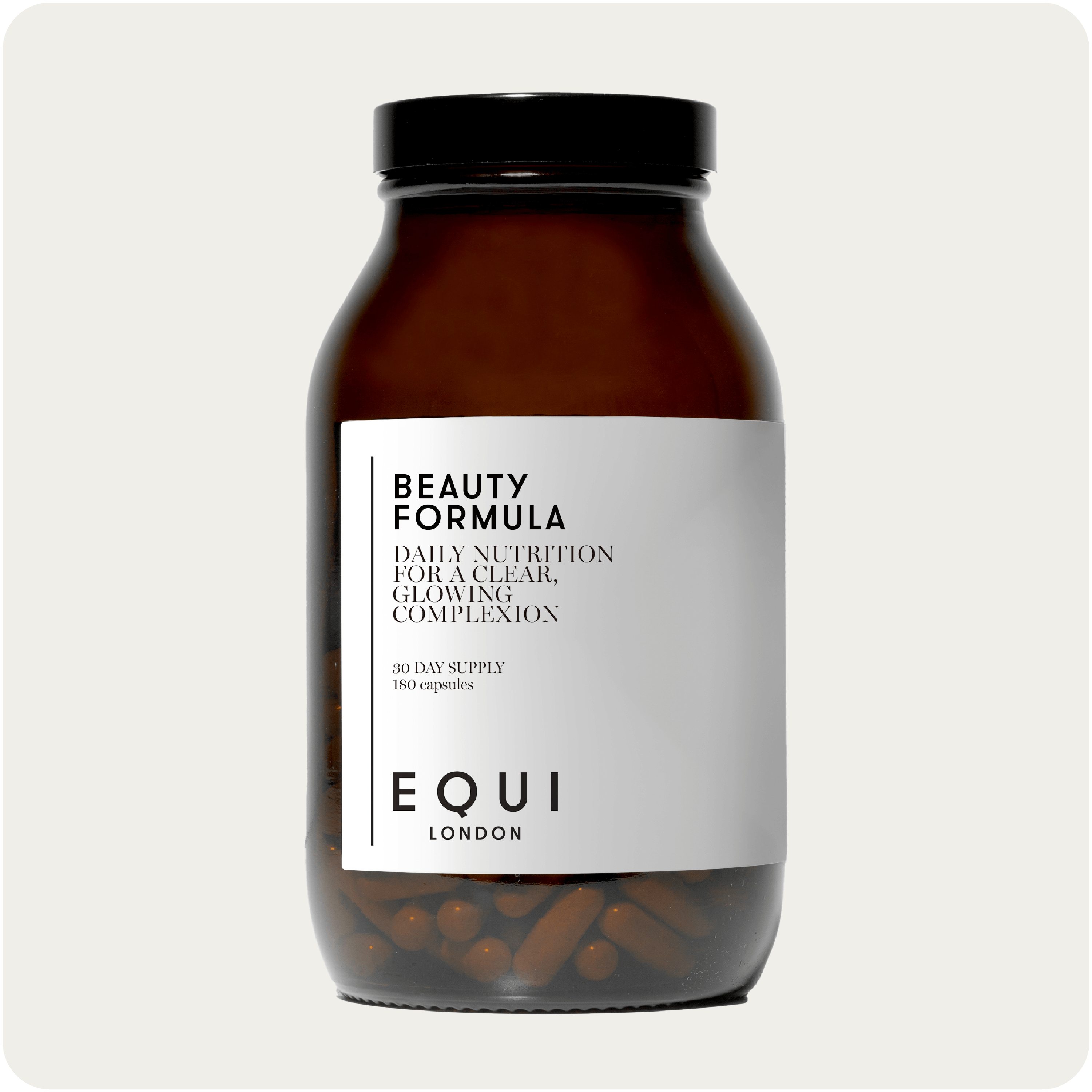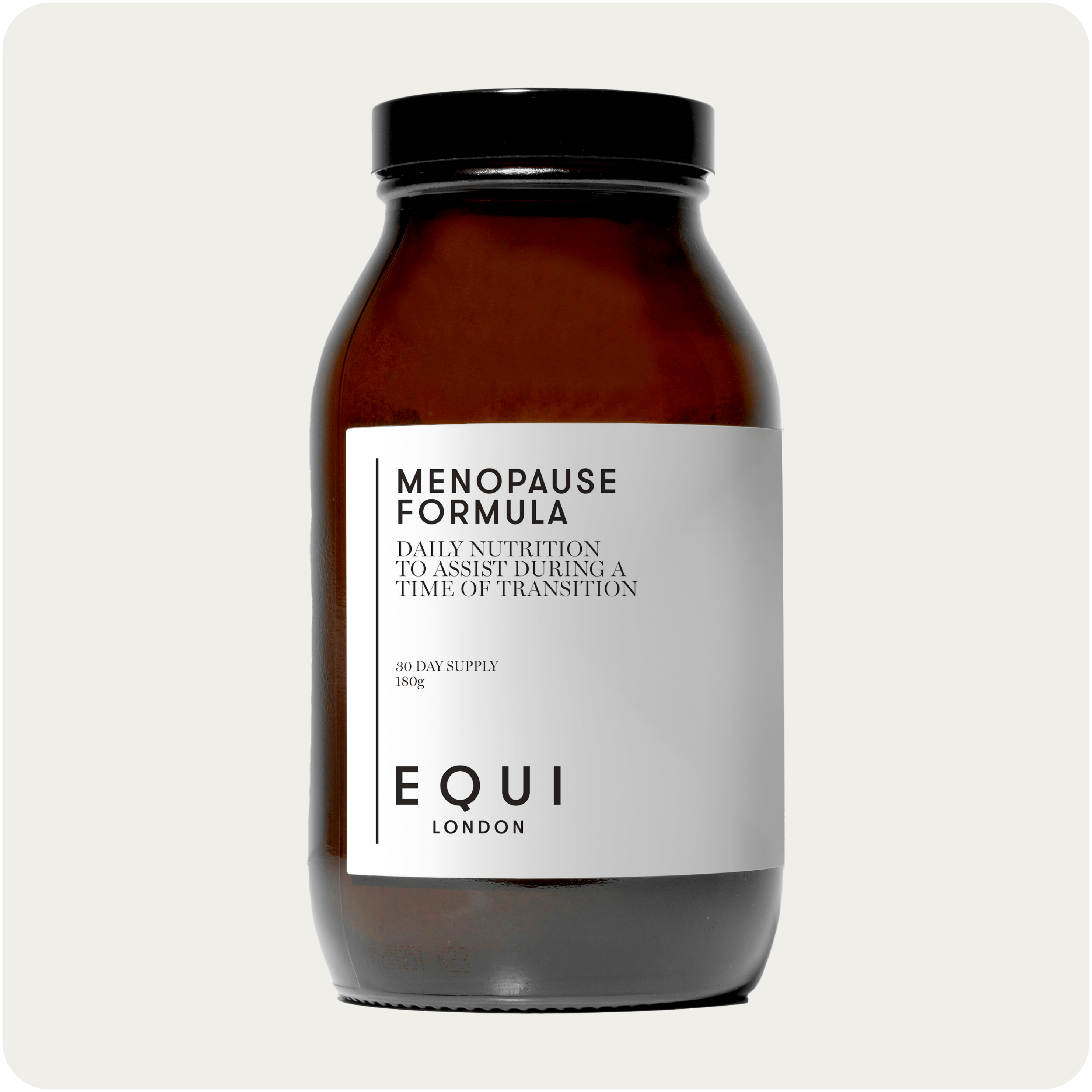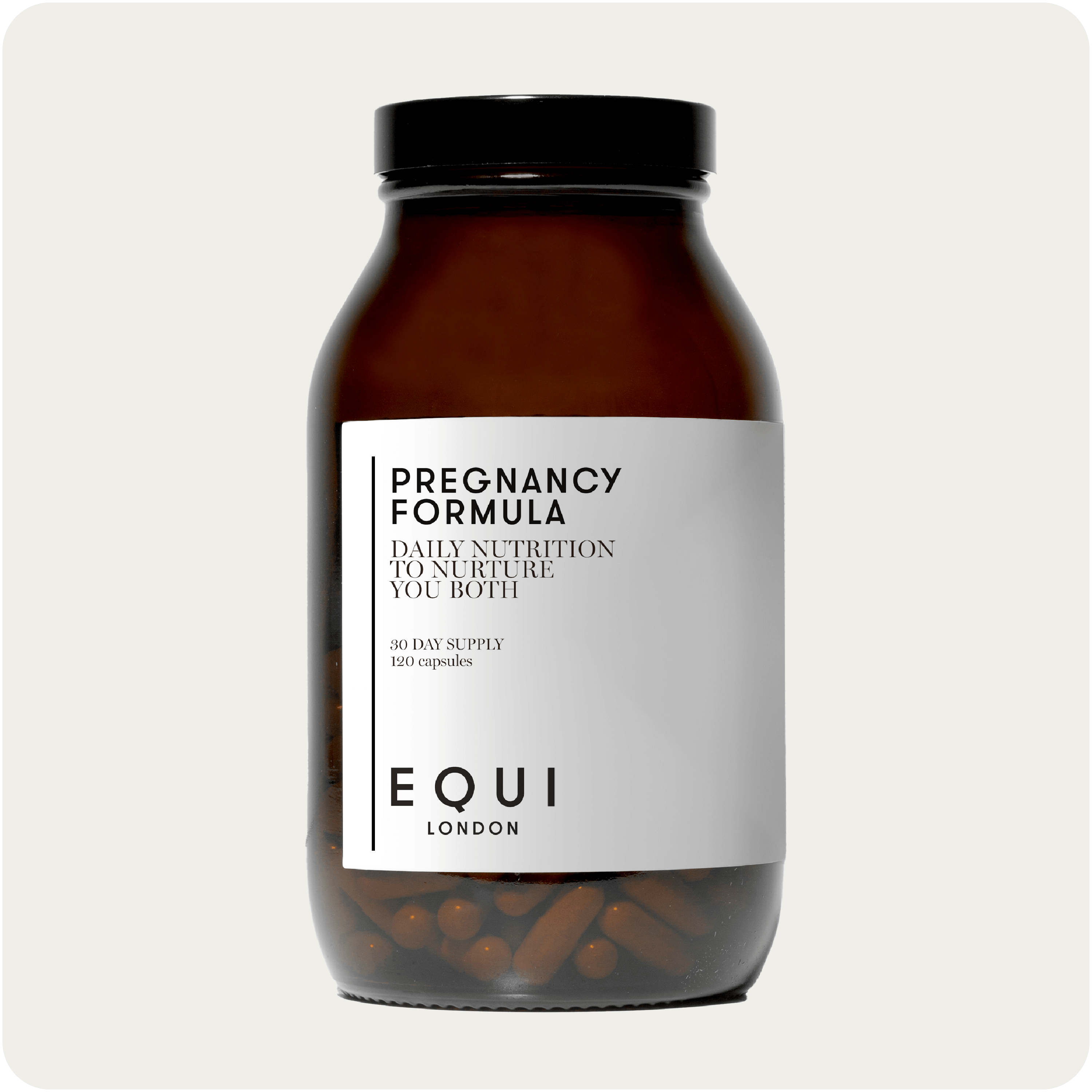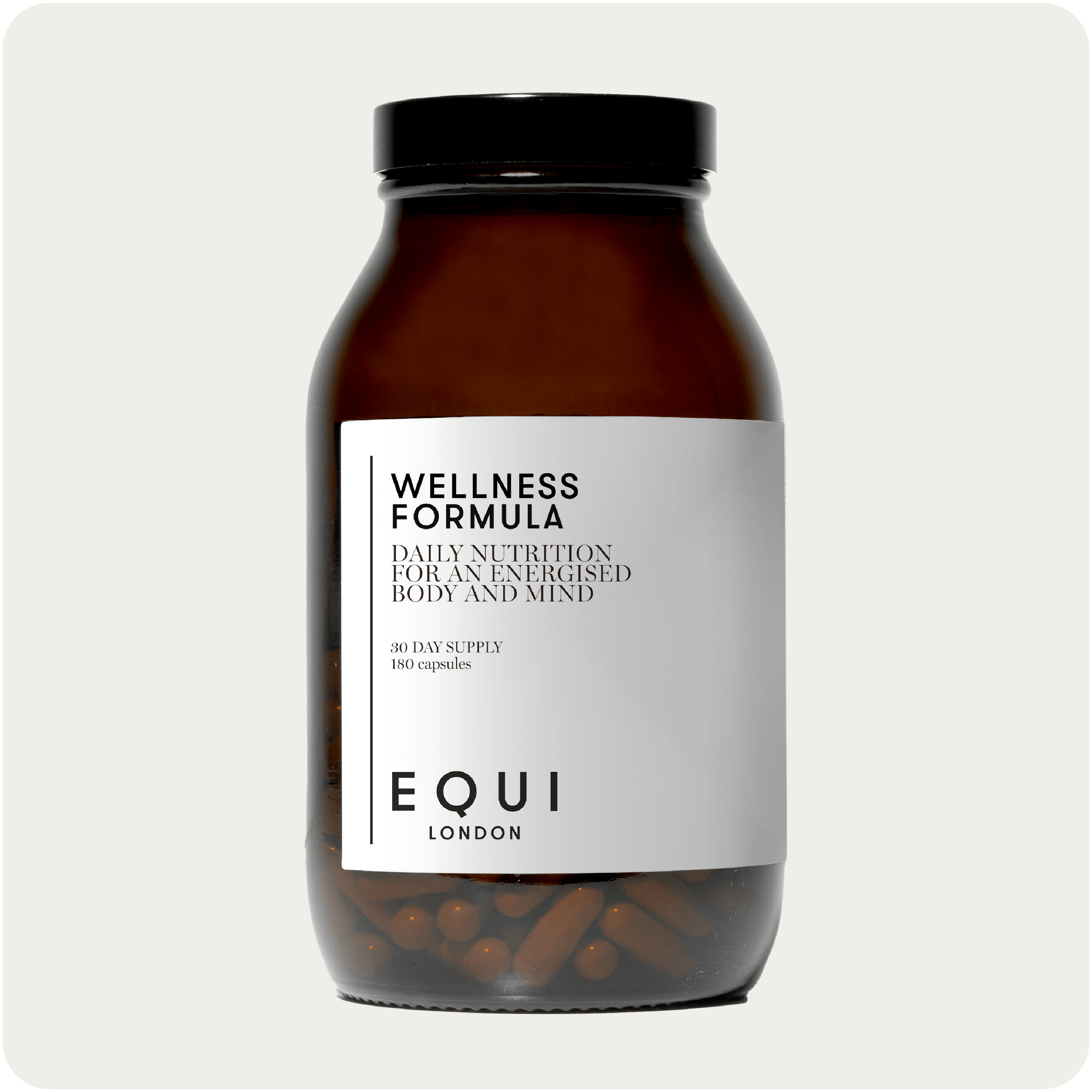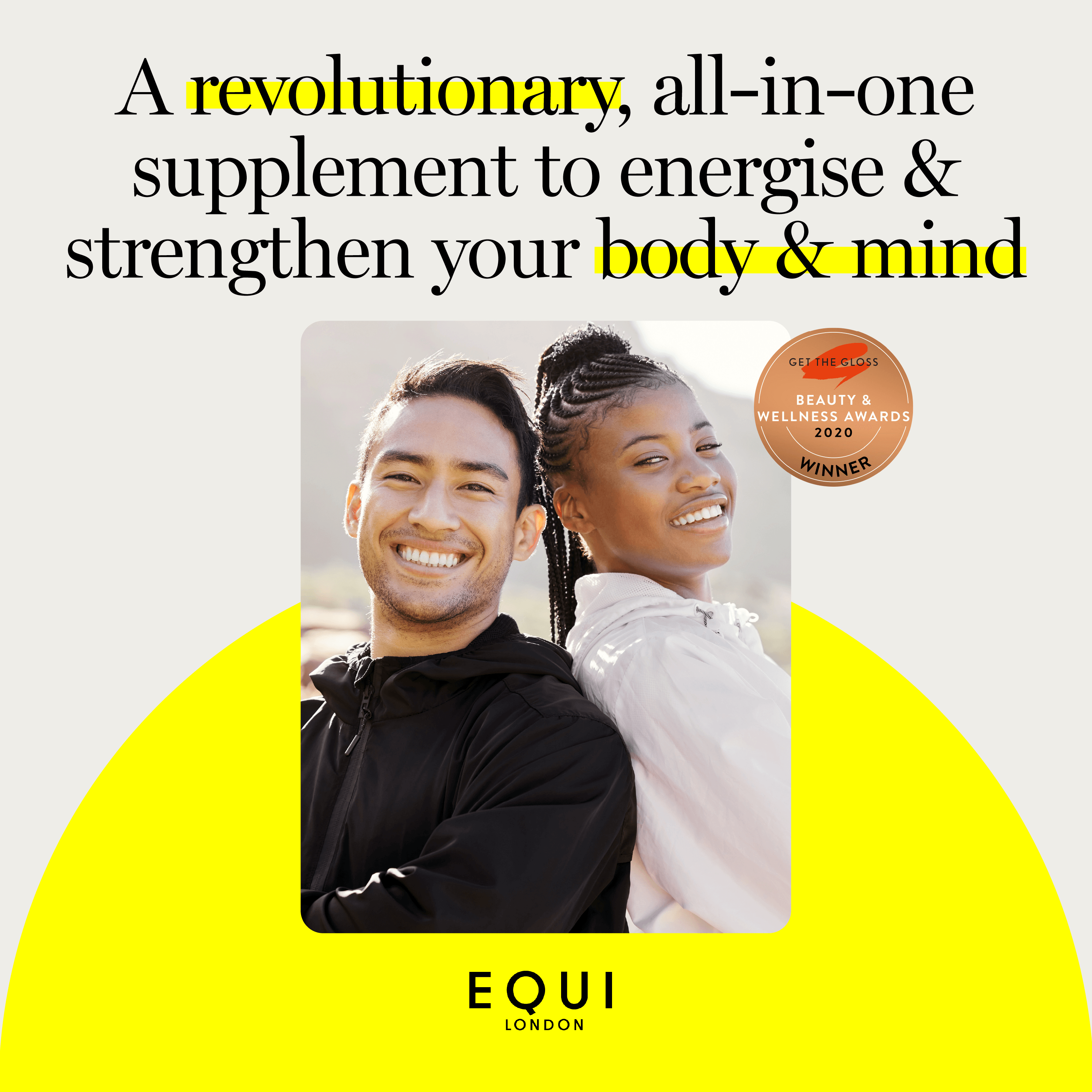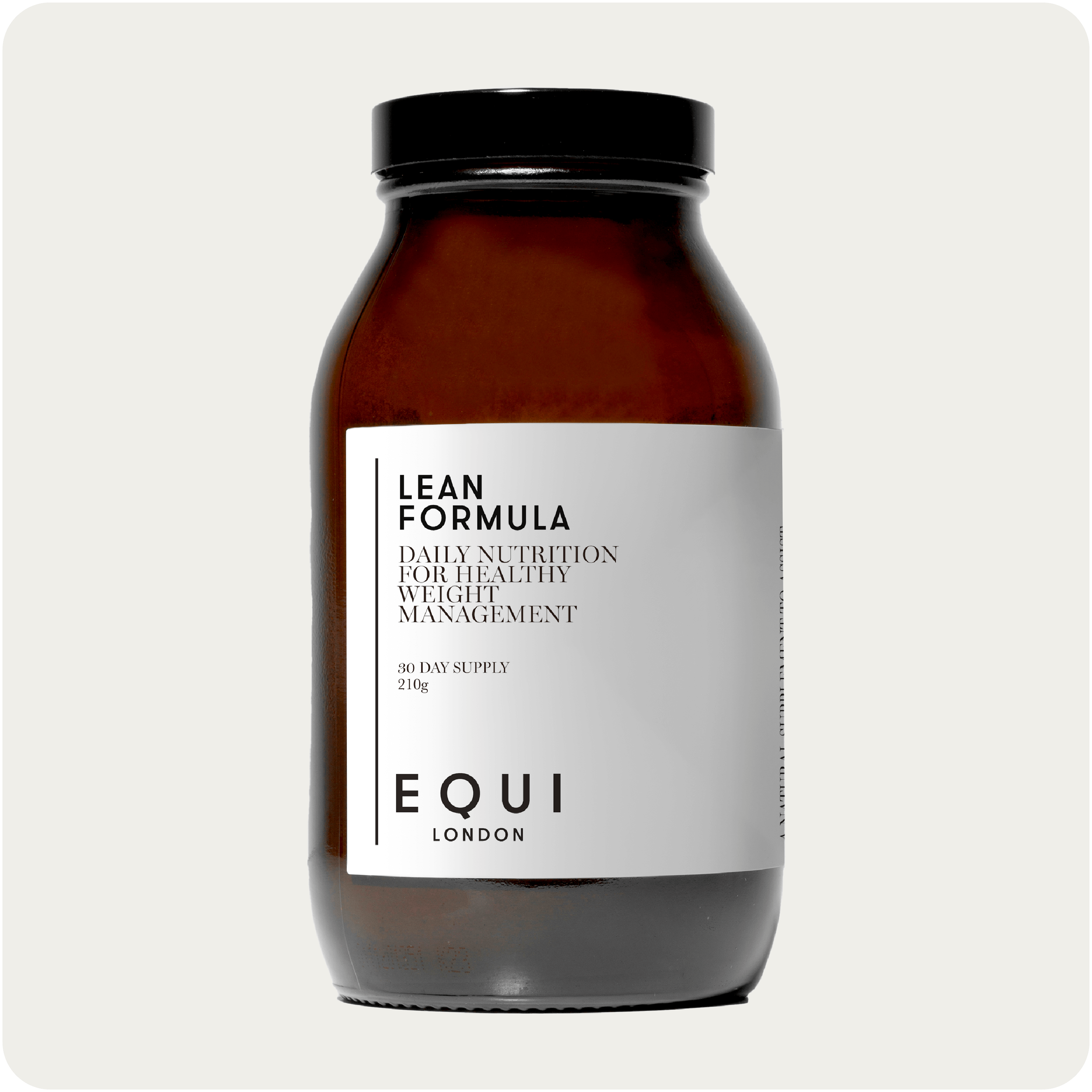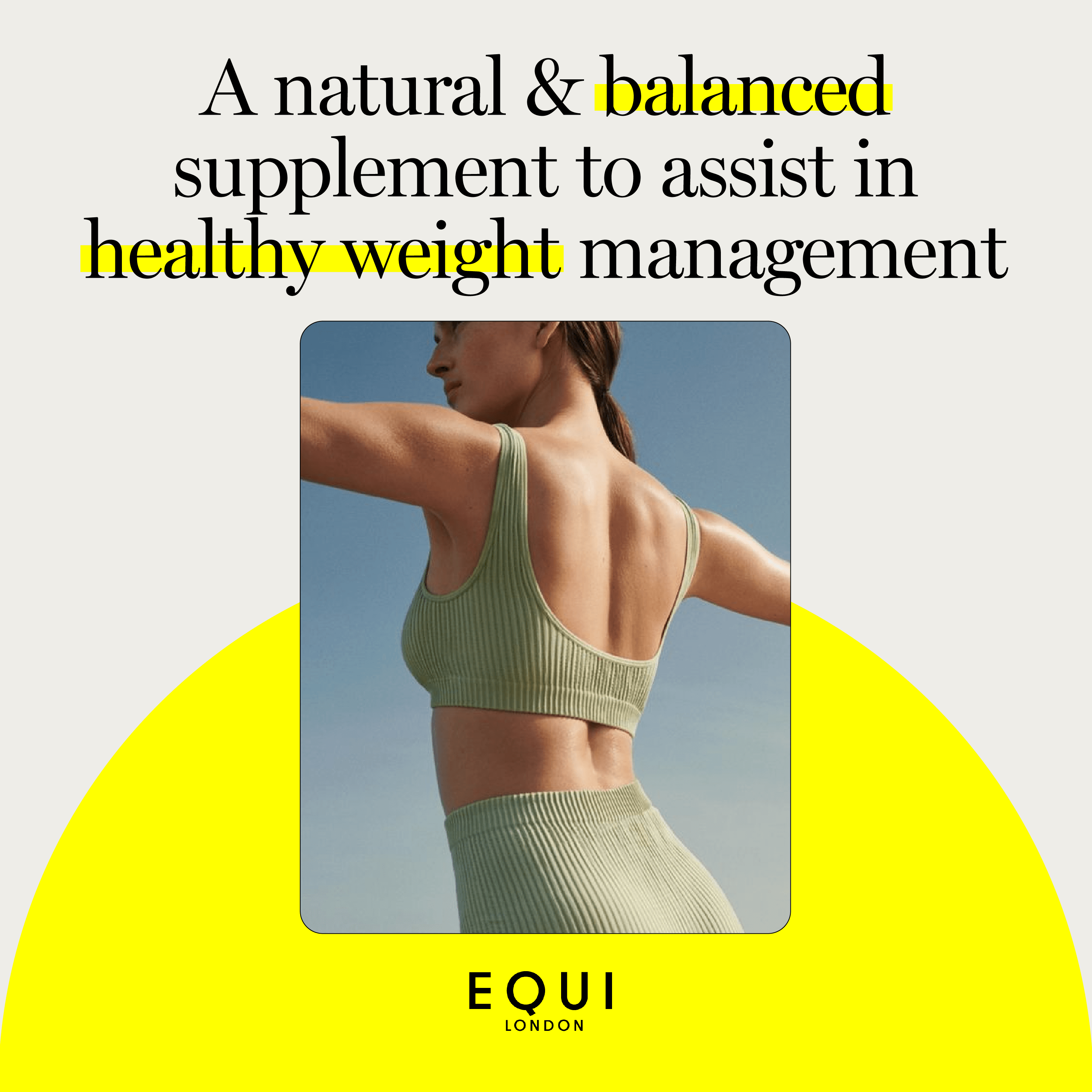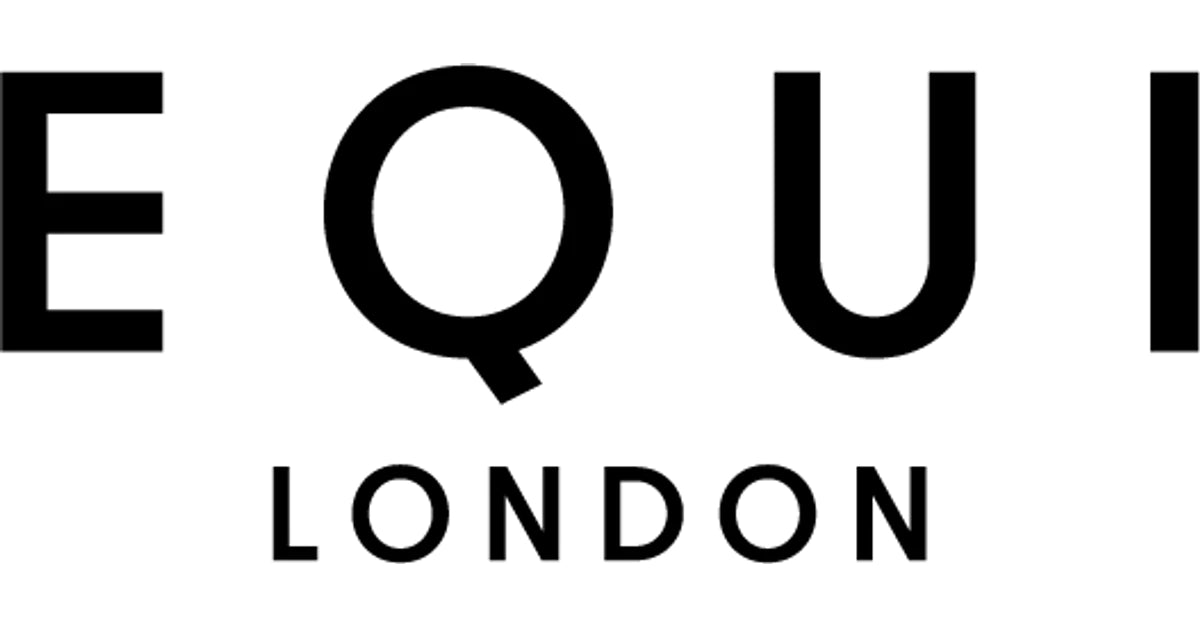
Detox 101
Doing a Detox, or cleanse, is often seen as a ‘quick-fix’ to un-do a period of overindulgence, yet it’s a health ritual that has been around for thousands of years, integral to religious practices due to its many associated health benefits. But what really is detoxification and how can we support it properly and effectively? It's important that we understand this as well as the safest way to detox as a priority.
Detoxification is a whole-body process occurring in every body cell, which happens continuously. Its purpose is to eliminate any substances, which may be harmful if left to accumulate, such as environmental toxins as well as bi-products of normal bodily processes including ‘used’ hormones and waste products. So contrary to popular belief, the body does actually have to detoxify things we make too - it isn't just what comes in from our environment.
Detoxification relies on excretion of all of these unwanted substances via the gut, liver, kidneys, and skin. This process helps maintain homeostasis (balance) in the body. For the detox systems to work efficiently, we need to ensure that we fuel the body and our liver adequately – as always this is about enrichment not deprivation! It’s also important when thinking about detoxification to also consider the role the body plays in protecting us from ‘toxins’.
What are toxins?
A ‘toxin’ is a substance in the body which may cause damage if left to accumulate and therefore must be neutralised and eliminated out of the system. Due to the increase in chemicals in our environment, reducing our overall toxin exposure has never been so important to support overall health (1). For example, xenobiotics, which are toxins not naturally produced in the body can be ingested from non-organic foods such as pesticides. They can be inhaled such as from exhaust fumes or pesticides again in agricultural areas or enter via the skin such as is the case with benzophenone-3 found in chemical sunscreens. Accumulation of xenobiotics can impact health over time so it’s important to be mindful of daily exposure. For example, choosing organic foods where possible, avoiding processed foods especially those that contain monosodium glutamate (MSG) and avoiding chargrilled meats which contain polycyclic aromatic hydrocarbons (PAHs) and heterocyclic aromatic amines (HAAs). Plastics including Bisphenol A (BPA) and phthalates should be avoided and BPA free, though marginally better, is not a game changer here either. Choosing glass or aluminium containers would be a better choice as these don’t leach into the water or food they are storing. Drinking filtered water to avoid exposure to toxins is also be a good idea, where possible.
Aside from xenobiotics, some toxins are naturally produced in the body and must be neutralised in the same way. Known as endobiotics, these substances include hormones and neurotransmitter’s, such as oestrogen and adrenaline, which have completed their role and need to be eliminated. Metabolic waste products are other forms of endobiotics such as urea. Clearance of these substances is vital – for example dysregulation of oestrogen is associated with fibroids and endometriosis (2). More recently, studies have shown that xenobiotics may alter the microbiome composition, which plays a profound role in overall health (3). Therefore, if detoxification is not working optimally, an accumulation of xenobiotics and endobiotics may begin have a knock-on effect on health.
It’s easy to get caught up and become fearful about toxins about such environmental toxins, especially as there can be a lot of scaremongering on the subject. Ultimately we have to accept the fat that in the modern world, we are exposed to toxins, and we need more research to understand how this impacts our health both short and long term.
What we do know is that keeping our detoxification system working optimally by supporting it with the right nutrients is key. We can also take care not to regularly bog detox down with other toxins we have control over, such as alcohol and cigarette smoke.
How does the body work to protect against and eliminate toxins?
A few systems work together to keep detox working efficiently, and all of these need support.
The Gut Lining
The lining of the gastrointestinal tract is the first line of defence against environmental toxins that are ingested so it’s important to protect this physical barrier by consuming foods rich in fibre such as vegetables and wholegrains. The amino acid glutamine found in protein-rich foods such as meat, poultry, fish, bone both, dairy and some vegetables such as cabbage and beans, as well as omega 3, Vitamin A and zinc have been shown to support the mucosal lining of the gut (4). Sugar and alcohol disrupt the mucosal lining and can lead to intestinal permeability sometimes known as ‘leaky gut’, which may result in an increased toxic load, inflammation and impaired detoxification (5).
All Equi Formulas work to support the gut lining with specific ingredients such as glutamine, collagen, zinc, omegas and vitamin A that help to nourish the cells that keep the gut membrane strong and healthy.
The Microbiome
The intestinal microbiome plays a role in detoxification well before toxins reach the liver. For example, studies have shown us that gut bacteria metabolise many prescription medications before they even reach the liver (6). To support detoxification in the gut, a healthy microbiome is key. Eating a diverse and abundant fibre-rich diet is key to supporting the microbiome. Including pre and probiotic foods will help to feed and inoculate the gut with all the beneficial commensal bacteria such as Bifidobacterium and Lactobacillus, both of which are found in Equi London Formula products. Prebiotic foods include oats, banana, onions, garlic, wholegrains, and probiotic foods include kefir, sauerkraut, kimchi, tempeh, miso and good quality kombucha.
The Liver
Beyond the gut, the liver plays a major role in detoxification. If we look at the process in more detail, there are three key stages of activity – Biotransformation (phase 1), conjugation (phase 2) and elimination (phase 3). Some toxins may only pass through one phase and others will pass through all three.
Liver Phase 1
This is the initial stage where fat-soluble ‘toxins’ are transformed into metabolites, by a group of enzymes known as CYP450 (7). A series of chemical reactions takes place and depending on the ‘toxin’ being worked on, different enzymes will be called upon. To support the numerous enzymes to perform such as vital role, many key nutrients and antioxidants are required as co-factors. For example, the B vitamins found in cruciferous vegetables such as broccoli and kale are key, including B9, folate (also known as folic acid). Antioxidants such as vitamin A, E and C, are also important, which can be obtained from brightly coloured fruit and veg such as sweet potato, squash, mango, berries, citrus, kiwi and peppers. Milk thistle, a herb that has been used for hundreds of years for its ability to support liver function, is also shown to support the liver. During phase 1, milk thistle in the silymarin form can protect the liver from environmental toxins, as they are being broken down (8). Dandelion root is another plant known for its role in detoxification, protecting against oxidative damage (9). All of these ingredients are found in Equi Formula’s, including Lean Formula for healthy weight loss, Original Formula for overall health improvement, and Beauty Formula, the healthy skin supplement.
Liver Phase 2
The metabolites produced during phase 1 are now ‘packaged up’ or conjugated, which reduces their reactivity and prepares them for excretion. If phase 1 required a variety of vegetables and fruits, phase 2 can be remembered by its need for protein (amino acids). Three key amino acids needed to support phase 2 include glutamine, glycine, and cysteine (10). They go on to produce antioxidant glutathione, which plays an important role in detoxification (11). Alpha lipoic acid can increase glutathione levels in the body which helps chelate and excrete a wide variety of toxins such as heavy metals (12). Iron, B12 and molybdenum rich in organ meats, meat and dairy are also required for phase 2. Low levels of B6, folate, zinc, magnesium can reduce phase 2 activity as they are involved in a process known as methylation, which is responsible for detoxing neurotransmitters and oestrogens. Cruciferous veg and milk thistle still have a role to play during phase 2 as do sulphur rich foods such as garlic and onions.
Side note – if you support phase I detox well, but don’t then support phase II optimally, toxins can get ‘stuck’ between these phases. This isn’t healthy for us as often partially detoxified toxins are worse for us than the toxins are in their original state. This is why it’s vital to ensure when doing a detox, that the products or programme you’re on supports both phase I and II in an intelligent way. Ensuring you consume the key nutrients listed above through the diet is key, but also adding in a complete nutritional supplement such as Equi’s Original Formula, Lean Formula or Beauty Formula, which all help support phase 1 and phase 2 detoxification in the best way possible for your body.
Also note that protein is needed for detox, which is why punishing juice cleanses can sometimes fall short on delivering what the body really needs for healthy detoxification.
Phase 3
Also known as the elimination phase, this where the neutralised toxin metabolites are transported away from the liver into the blood and lymph. From here, the metabolites are eliminated from the body via the bowel (via bile), kidneys (as urine) and skin (via sweat). To support in this elimination process, it’s important to ensure a good intake of fibre from vegetables, around 2L of water per day as well as supporting bile flow by eating bitter foods such as rocket, chicory, and lightly steamed or raw cruciferous vegetables (the hero detox food!). To support the kidneys, ensure adequate fluid intake, whilst limiting caffeine and sodium (salt). As the largest organ, the skin plays a vital role in the elimination phase (13). Aiding sweating through regular exercise, sauna’s, hydration and avoiding anything that reduces sweating such as anti-perspirants. Dry body brushing and massage have a role to play to stimulate lymphatic drainage and therefore aiding detoxification.
Lastly, if you find that your gut is backed up and you’re regularly constipated, this is the first place to work on. If the liver does all its work and the metabolised toxins get to the gut ready to be removed but then can't be, they may then be reabsorbed. This is why any good detox programme or supplement, should contains proper gut support.
Our Original Formula, Beauty Formula and Lean Formula at Equi London all contain many of the key nutrients mentioned that support detoxification. For example, B vitamins in their methylated forms including folate and B12, antioxidants A, C and E, Alpha lioic acid, methionine, glutathione, as well as plant detoxifier milk thistle. They also contain probiotics for the gut which ensures they support every stage of detoxification.
References
- Liu, J., & Lewis, G. (2014). Environmental toxicity and poor cognitive outcomes in children and adults. Journal of environmental health, 76(6), 130–138.
- Moravek, M.B. Bulun, S.E. (2015). ‘Endinocrinolgy of uterine fibroids: steroid hormones, stem cells and genetic contribution. Current Opinion in Obstetrics and Gynecology, 27 (4), pp. 276-283.
- Abdelsalam, N., Ramadan, A., ElRakaiby, M. and Aziz, R., (2020). ‘Toxicomicrobiomics: The Human Microbiome vs. Pharmaceutical, Dietary, and Environmental Xenobiotics’. Frontiers in Pharmacology, 11.
- Lima, A., Anstead, G., Zhang, Q., Figueiredo, I., Soares, A., Mota, R., Lima, N., Guerrant, R. and Oria, R., 2014. Effects of glutamine alone or in combination with zinc and vitamin A on growth, intestinal barrier function, stress and satiety-related hormones in Brazilian shantytown children. Clinics, 69(4), pp.225-233.
- Fasano, A. (2012). ‘Zonulin, regulation of tight jnctions, and autoimmune disease’ Annals of the New York Acedemy of Science, 1258 (1) pp. 25-33.
- Swanson, H.I (2015), ‘Drug metabolism by the host and gut microbiota: a partnership or rivalry’, Drug Metabolism & Disposition. 43 (10): 1499-1504
- Hodges, R. and Minich, D., 2015. Modulation of Metabolic Detoxification Pathways Using Foods and Food-Derived Components: A Scientific Review with Clinical Application. Journal of Nutrition and Metabolism, 2015, pp.1-23.
- Achufusi, T. and Patel, R., 2021. Milk Thistle. [online] Ncbi.nlm.nih.gov. Available at: <https://www.ncbi.nlm.nih.gov/books/NBK541075/> [Accessed 30 July 2021].
- Kim, M., Cheong, S., Kim, M., Son, C., Yook, H., Sok, D., Kim, J., Cho, Y., Chun, H. and Kim, M., 2009. Leafy Vegetable Mix Supplementation Improves Lipid Profiles and Antioxidant Status in C57BL/6J Mice Fed a High Fat and High Cholesterol Diet. Journal of Medicinal Food, 12(4), pp.877-884.
- Lushchak, V.I. (2012). ‘Glutathione homeostasis and functions: potential targets for medical interventions’. Journal of Amino Acids, 736837.
- Main, P.A. et al. (2012). ‘The potential role of the antioxidant and detoxification properties of glutathione in autism spectrum disorders: a systemic review and meta-analysis’. Nutrition & Metabolism,
- El Barky A.R., Hussein S.A., Mohamed T.M. (2017). ‘The potent antioxidant alpha lipoic acid’. Journal of Plant Chemistry & Ecophysiology, 2:1016
- Liu, X. Sun, C. Yang, T. Li, D. Li, C. Tian, Y. Guo, M. Cao, Y. and Zhou, S. (2012). ‘Decreased Skin-Mediated Detoxification Contributes to Oxidative Stress and Insulin Resistance’. Experimental Diabetes Research, 2012, pp.1-9.
